Ancient Psychedelia: Alien Gods & Mushroom Goddesses
Online Book - Chapter 6, Page 87
Back to Online Book Mainpage / Next Page (Chapter 6, Page 88)
| Horn & Cow of Plenty Another name for the cornucopia is the “Horn of Plenty.” Explanations abound for this which all result in the same meaning attributed to it but that gets us nowhere. The “Cow of Heaven” often called the “Cow of Plenty” might be an insight into this ”Horn of Plenty.” (21) The epithets “Kamadhenu,” “Kamaduh” and “Kamaduha,” literally mean the cow “from whom all that is desired is drawn”—“the cow of plenty.” Another name for this particular cow goddess is Surabhi or Kamadhenu, “The Mother of Cows.” (22) Surabhi is commonly depicted with the wings of a bird. Another interesting connection is that the name Surabhi means “the fragrant one.” (23) We just read about Ashi, “Full of perfumes is the house in which the good, powerful Ashi Vanguhi puts her.” According to one myth, Ahura Mazda (the good one) had created a bull that was killed by Ahriman (The evil one), but its death led to vegetable life on earth and from it grew “twelve species of medicinal herbs.” (24) Now, this should be kept in mind because later on in Greece we find the myth of the “bull-born bees,” which grew out of the horns of a sacrificed bull. Haoma, the Persian Soma Haoma was the ancient drink of immortality made from a mysterious source, mentioned many times in the Avesta by disciples of Zoroaster. Like the Vedic Soma, it has been mis-identified for a number of years until the work of Gordon Wasson in the 1960’s with his landmark book, Soma. I am of the opinion though, that it remains mis-identified still. As I previously stated, Soma was likely a mixture of both A. muscaria and psilocybin. The Gaokerena was the plant or tree where haoma was to be derived from. One of the clues we get about the origin of haoma comes from the root of the name of its source, Gaokerena, which means “ox horn” or “cow’s ear.” In Persian, Geush means life. Gao, gav, gava means bovine (cow, ox, bull); life. The Gaokarena or gao-karena is the “tree of life.” (25) The Haoma ritual is part of a “Fire Sacrifice” which involves the use of “Fire Altars.” These fire altars are depicted on Persian coins from the Kushano-Sassanid era of 220 AD (25e, f, g, h). The altars themselves look in some ways, similar to the mushroom, in many instances as do the headdresses. |
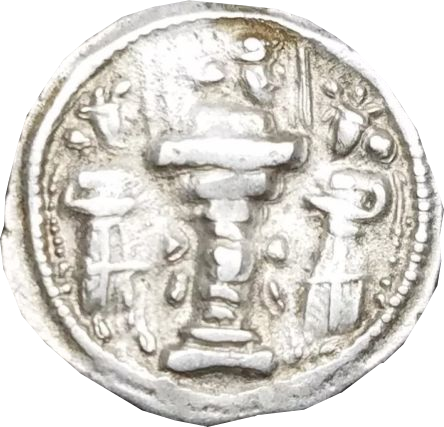 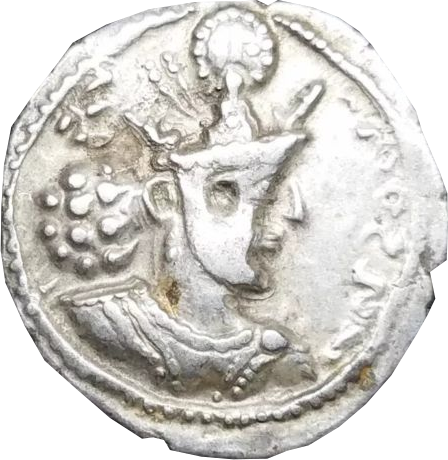 (25e) Sassanid, Shapur II, c. 309-379 AD 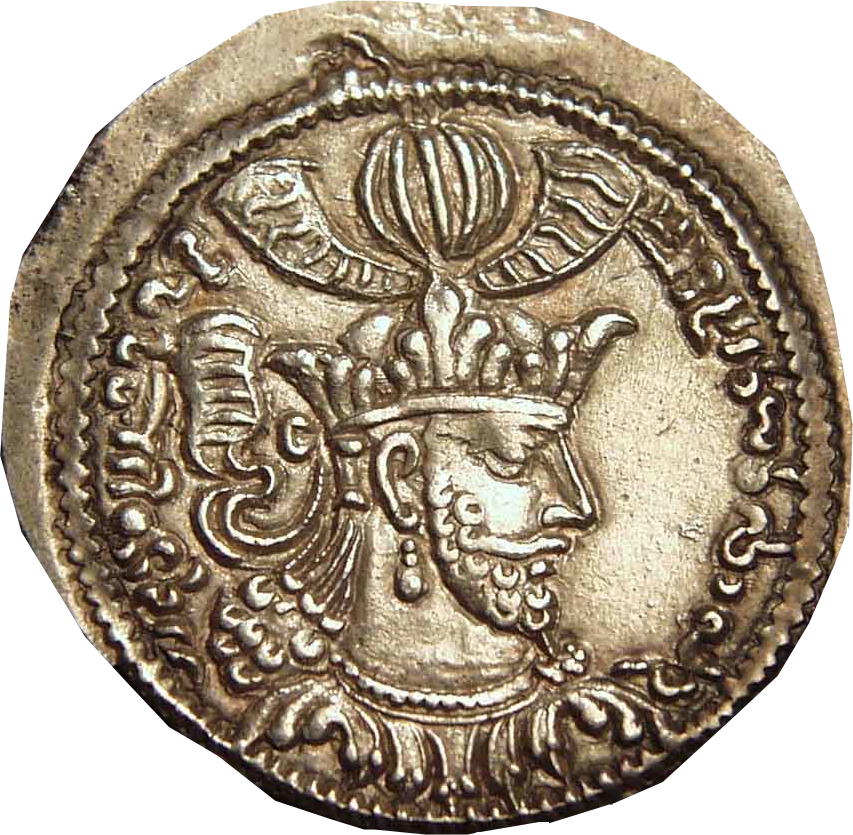 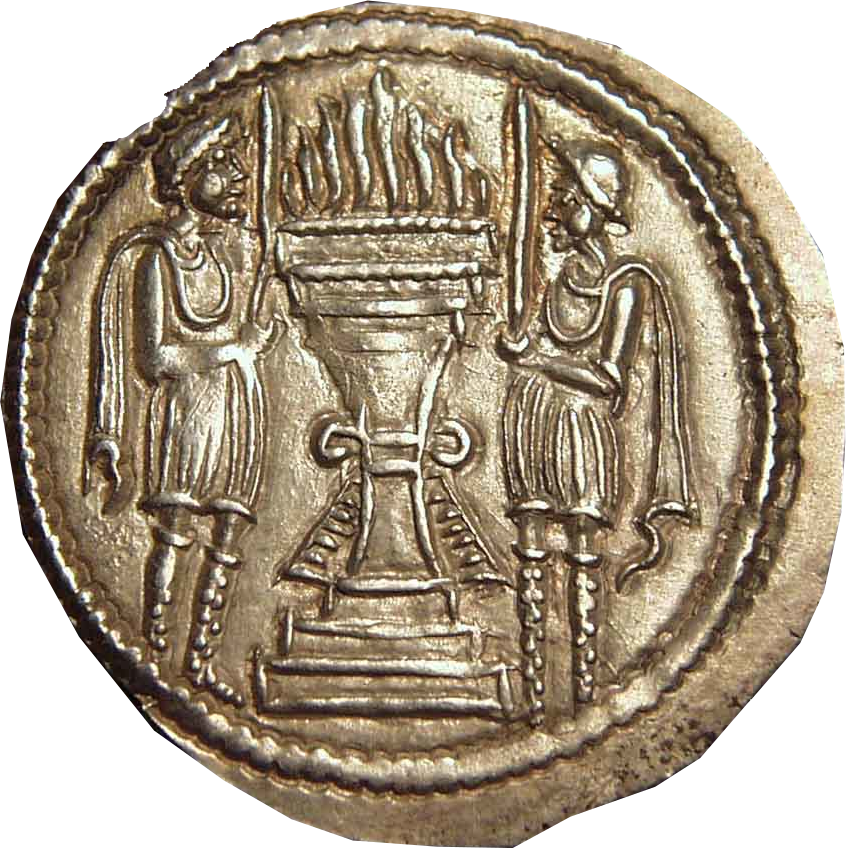 (25f) Kushano-Sassanid or Kidarite, "Varahran" Fire altar with attendants at left and right. c. 200-300 AD 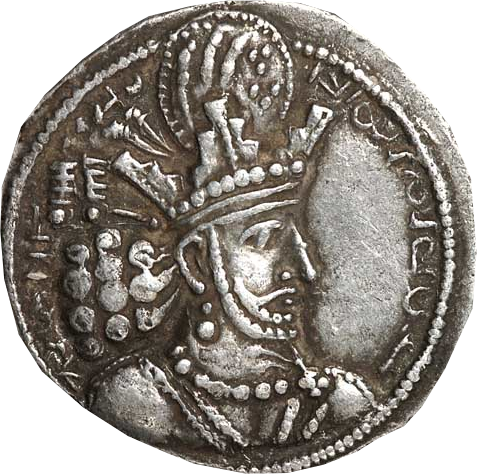 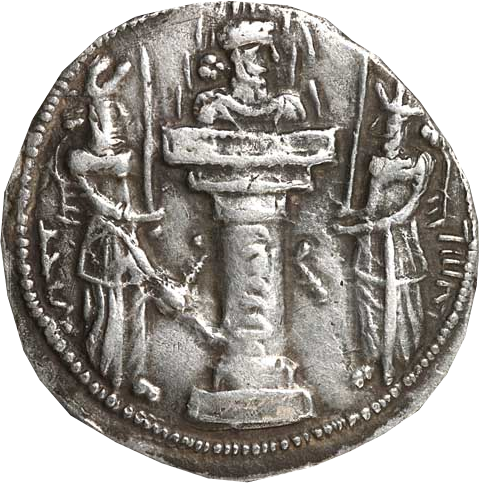 (25g) Sassanid Shapur or Šāpūr II. Wearing merlon crown surmounted by globe decorated with three lines and pellets Fire altar with two attendants. c. 309-379 AD 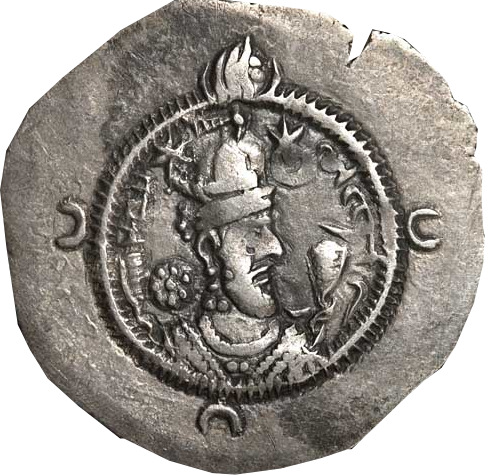 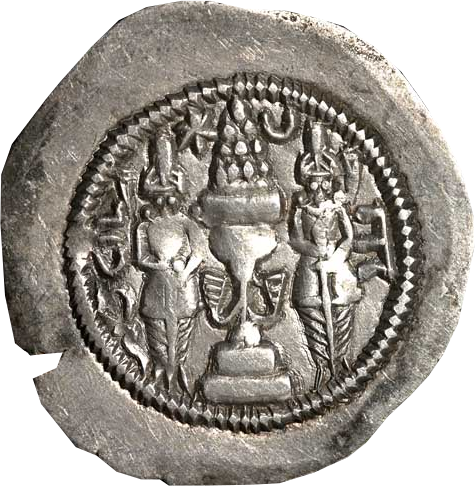 (25h) Sassanid Khusrou or Xusrō I. Wearing merlon crown with tassel to left and surmounted by crescent with three flames. c. 531-579 AD (21) Ploughing the Clouds, The Search for Irish Soma, Peter Lamborn Wilson, City Lights Books, 1999, p. 54-55 (22) Biardeau, Madeleine (1993). "Kamadhenu: The Religious Cow, Symbol of Prosperity." In Yves Bonnefoy. Asian mythologies. University of Chicago Press. p. 99; Monier-Williams, Monier (2008) [1899]. "Monier Williams Sanskrit-English Dictionary." Universität zu Köln. p. 272) (23) Jacobi, H. (1908–1927). "Cow (Hindu)". In James Hastings. Encyclopaedia of Religion and Ethics. 4. pp. 225–6 (24) Healing Gods, p. 184; Bundahishn, 10, 1, Sacred Books of the east v, 31-32 (25) Healing Gods, p. 191-92; http://zoroastrianheritage.blogspot.com/2011/11/gaya-gav-geush-urvan-gaokerena-haoma.html |
Go Back to Page 86